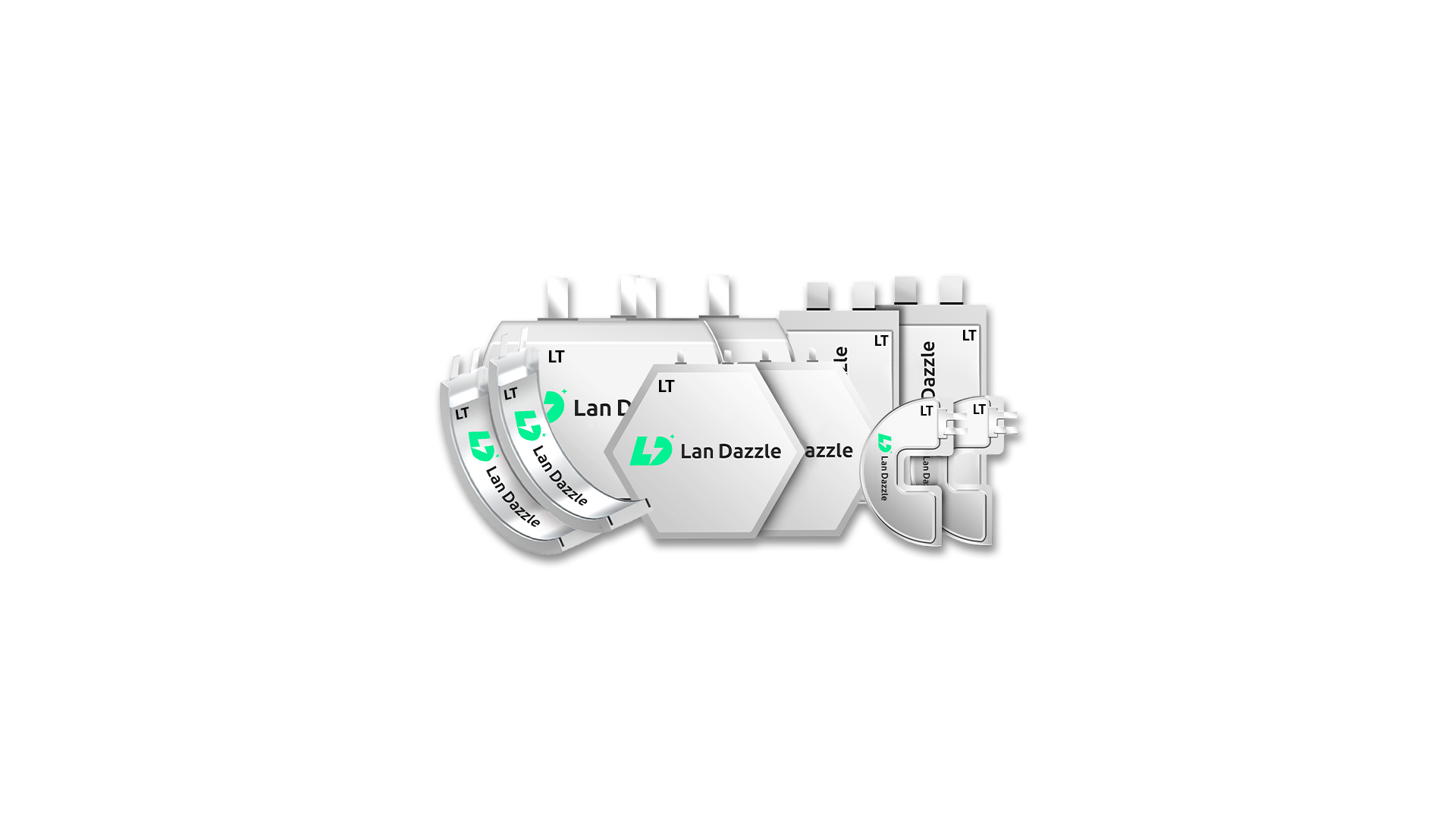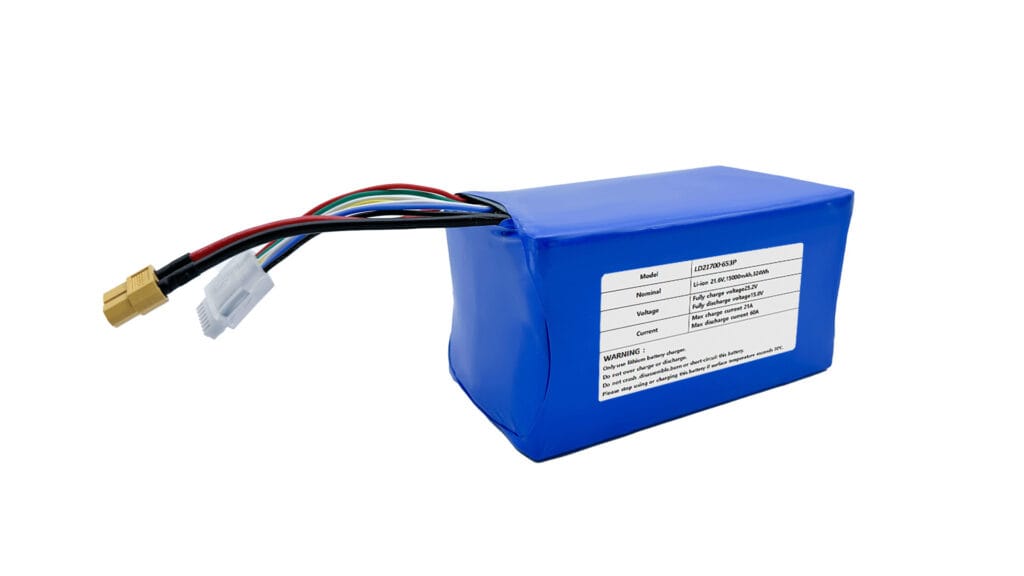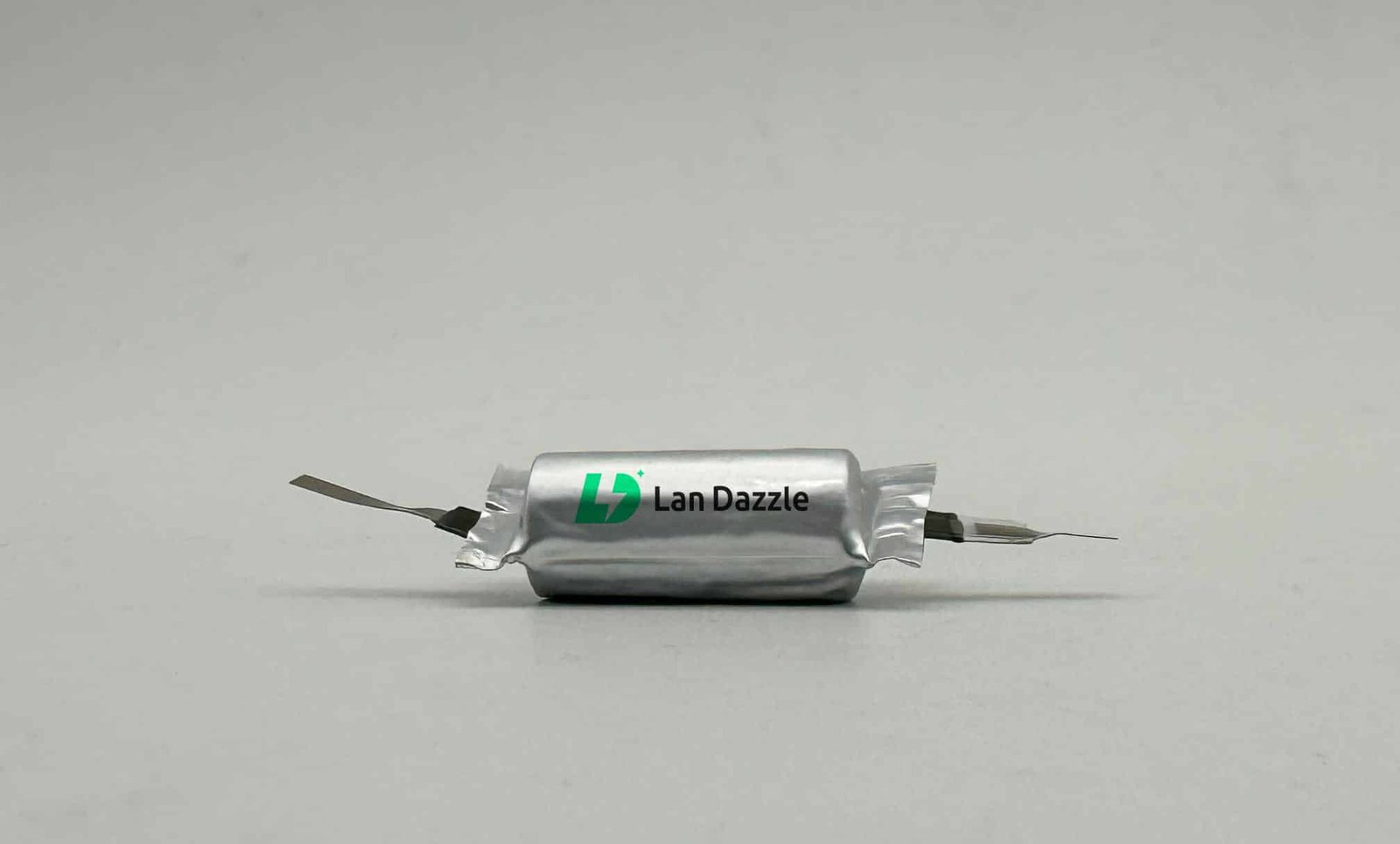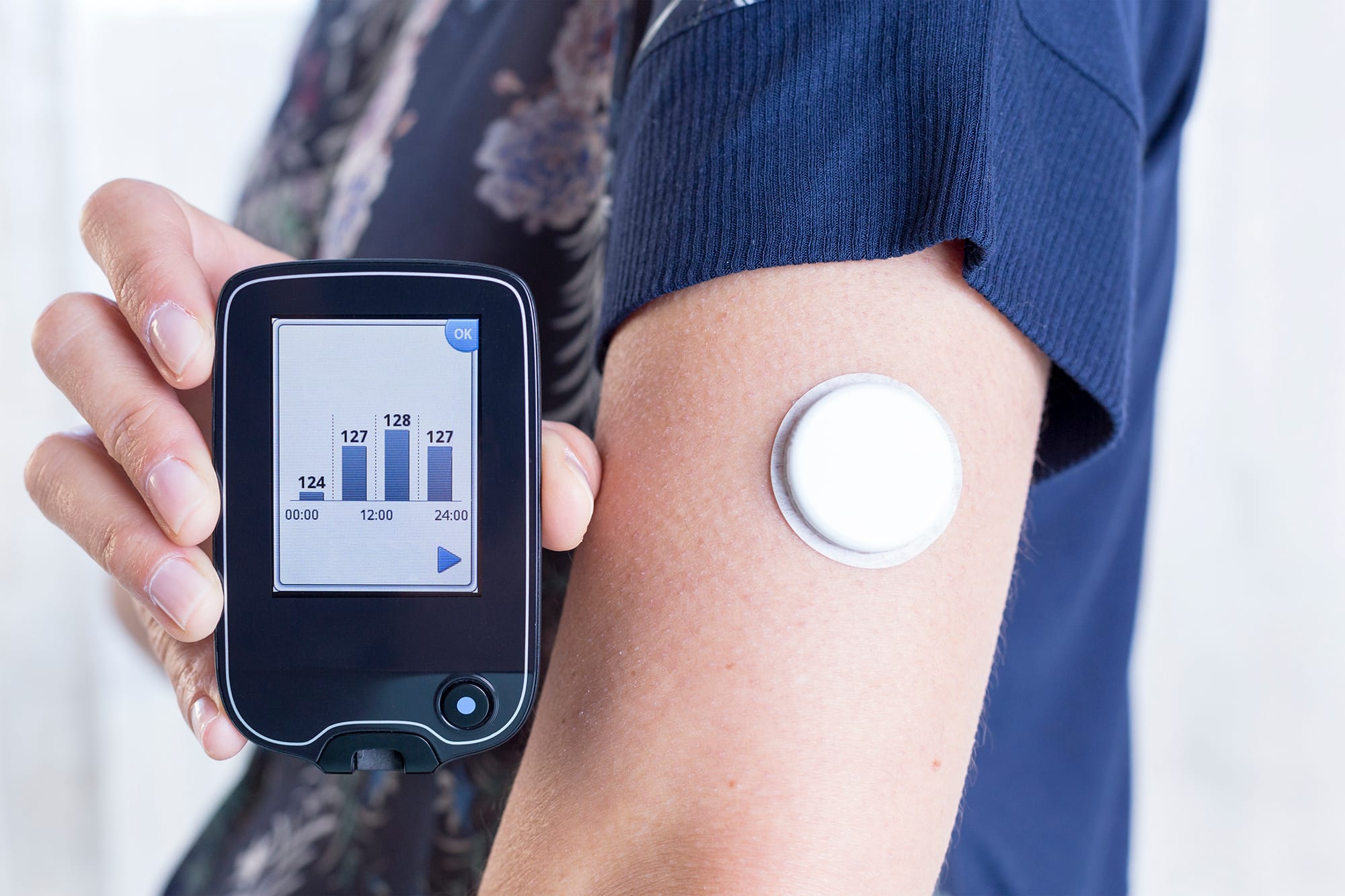For any serious RC enthusiast, whether you’re navigating high-speed tracks with an RC car or pushing the limits of gravity with an FPV drone, the battery powering your passion is more than just a component – it’s the heart of your machine. Among the myriad choices, 4S vs 6S lipo battery debate frequently sparks discussion. Which one offers the ultimate performance? Which is safer, more efficient, or simply right for your setup?
This comprehensive guide will demystify the differences between 4S and 6S LiPo batteries. We’ll dive deep into their characteristics, performance impacts, and ideal applications across the diverse world of RC. By the end, you’ll be equipped with the knowledge to make an informed decision, unleashing the full potential of your RC vehicle while ensuring safety and longevity.
이해 리튬 폴리머 배터리: The Fundamentals
Before we dissect the 4S vs 6S debate, let’s establish a foundational understanding of Lithium Polymer (LiPo) batteries. These powerhouses are preferred in RC hobbies due to their high energy density and impressive discharge capabilities.
What “S” Means: Cell Count & Voltage
The “S” in 4S or 6S stands for “series,” indicating the number of individual LiPo cells connected in a series circuit within the battery pack. Each standard LiPo cell has a nominal voltage of 3.7 volts. When fully charged, this voltage rises to 4.2 volts per cell.
- 4S LiPo Battery: Comprises 4 cells in series.
- 공칭 전압: 4×3.7V=14.8V
- Fully Charged Voltage: 4×4.2V=16.8V
- 6S LiPo Battery: Comprises 6 cells in series.
- 공칭 전압: 6×3.7V=22.2V
- Fully Charged Voltage: 6×4.2V=25.2V
This difference in total voltage is the most crucial distinction, directly influencing the power and speed your motors can achieve. Higher voltage generally translates to higher motor RPM (revolutions per minute) and thus more raw power, assuming compatible motors and ESCs (Electronic Speed Controllers).
mAh, C-Rating, and Watt-Hours
Beyond voltage, other key specifications define a LiPo battery’s capabilities:
- mAh (Milliampere-hour): This represents the battery’s capacity, or how much energy it can store. A higher mAh rating generally means longer flight or run times. For example, a 1500mAh battery can theoretically deliver 1500 milliamps for one hour.
- C-Rating (Discharge Rate): The C-rating indicates the maximum continuous current a battery can safely deliver relative to its capacity. It’s a critical factor for high-performance applications like FPV racing drones or demanding RC cars. To calculate the maximum continuous current in amps, use the formula:
Capacity (Ah) x C-rating = Max Continuous Amps. For instance, a 1.5Ah (1500mAh) 100C battery can provide 1.5A×100=150A continuously. - Watt-Hours (Wh): While less commonly used in the hobby community for direct comparison, Watt-hours (Wh=Voltage(V)×Capacity(Ah)) provide a true measure of a battery’s total energy content, regardless of its cell count. This metric is particularly useful for comparing the overall energy density between different battery configurations.
4S LiPo Batteries: Characteristics and Ideal Applications
The 4S LiPo battery has been a workhorse in the RC world for years, offering a compelling balance of power, weight, and accessibility.
Advantages of 4S
- 더 가벼워진 무게: For a given mAh capacity, a 4S battery will be significantly lighter than a 6S equivalent. This weight reduction translates to greater agility, faster direction changes, and overall a more nimble feel, especially crucial for FPV freestyle drones and smaller RC vehicles.
- Lower Cost: Both 4S batteries themselves and the compatible electronic components (ESCs, motors) are generally less expensive than their 6S counterparts. This makes 4S setups a more budget-friendly entry point into high-performance RC.
- More Forgiving for Beginners: The power delivery of a 4S system is less aggressive than 6S. This smoother, more predictable power curve makes it easier for newer pilots to learn control and handling, reducing the likelihood of crashes caused by excessive power.
- Wider Component Compatibility: A vast array of motors and ESCs on the market are optimized for 4S operation, offering a broader selection for builders. Many older or budget-oriented electronics are designed primarily for 4S.
- Reduced Component Stress/Heat (Generally): While still capable of high power, a 4S system typically draws higher current for the same power output compared to 6S. However, overall, components might experience less stress if not pushed to their absolute limits, and heat generation can be manageable with proper setup.
- Noticeable Voltage Sag: For some pilots, the more pronounced voltage sag under load with a 4S battery can serve as a clearer indicator that the battery is nearing its discharge limit, prompting a timely landing or pit stop.
Disadvantages of 4S
- Lower Maximum Power Output: Compared to 6S, 4S batteries inherently deliver less raw power and thrust. This can be a limiting factor for competitive racing or extremely demanding freestyle maneuvers where maximum “punch” is required.
- Higher Current Draw for Same Power: To achieve a similar power output as a 6S system, a 4S system must draw significantly more current. This increased current can lead to higher heat generation in motors and ESCs, potentially reducing their efficiency and lifespan if not managed properly.
- More Significant Voltage Sag: While sometimes a pro, the more noticeable voltage sag means that the power delivery might feel less consistent throughout the flight, especially during aggressive throttle inputs.
- Potentially Shorter Burst Power Delivery: Under extreme loads, a 4S battery might experience more rapid voltage drop and less sustained high-power bursts compared to a 6S.
Best Use Cases for 4S LiPo Batteries
- Entry-level to Intermediate FPV Drones: Particularly 3-inch to 5-inch freestyle and cinematic quads where agility and lighter weight are prioritized over raw speed.
- Lightweight Freestyle Builds: Pilots aiming for floaty, graceful freestyle maneuvers often prefer the lighter weight of 4S for better air-time and precise control.
- Many RC Cars: Especially 2WD vehicles, brushed setups, and smaller scale models where extreme speed isn’t the primary goal.
- Smaller RC Planes & Helicopters: Ideal for models that don’t require the intense power of 6S setups.
- Budget-Conscious Setups: Offering a more affordable entry point into the hobby without sacrificing too much performance.
6S LiPo Batteries: Characteristics and Ideal Applications
The 6S LiPo battery represents the pinnacle of power and performance for many RC applications, especially in the competitive FPV drone scene and high-speed RC vehicles.
Advantages of 6S
- Significantly Higher Power Output and Thrust: The higher voltage of a 6S battery directly translates to motors spinning faster and generating substantially more thrust or speed. This is crucial for FPV racing, vertical climbs, and insane acceleration in RC cars.
- Lower Current Draw for the Same Power: This is a key advantage. For a given power output, a 6S system draws less current than a 4S system (due to P=V×I, if V increases, I decreases for constant P). Lower current leads to less heat generation in motors and ESCs, potentially improving efficiency and component longevity, especially at high throttle.
- Less Noticeable Voltage Sag: 6S batteries tend to maintain their voltage more consistently under load throughout the discharge cycle. This provides a more linear and predictable power delivery, which can be critical for precise control during high-intensity maneuvers.
- Potentially Longer Flight/Run Times for Aggressive Flying: While counter-intuitive for some, the increased efficiency due to lower current draw at high power can sometimes result in comparable or even slightly longer flight times, especially when flying aggressively and utilizing the higher throttle range.
- Smoother Power Delivery and More Precise Control: The higher voltage allows for lower kV motors to be used (motors with fewer RPMs per volt), which often have more torque. This combination can lead to incredibly smooth, powerful, and precise control, allowing for advanced maneuvers with greater finesse.
Disadvantages of 6S
- 더 높은 비용: 6S batteries are more expensive than 4S batteries of comparable capacity. Furthermore, a 6S setup often necessitates upgrading to 6S-rated ESCs, motors, and sometimes even flight controllers, significantly increasing the overall build cost.
- Heavier Batteries: For a given mAh capacity, a 6S battery will be heavier due to having more cells. This added weight can reduce agility, increase crash impact forces, and slightly decrease overall efficiency if the vehicle is not optimized for it.
- More Aggressive Power Curve: The sheer power of 6S can be overwhelming and unforgiving for beginners. Mishandling throttle can easily lead to loss of control, overshooting targets, or damaging components.
- Increased Risk if Mishandled: With higher voltage and total energy, 6S batteries store more potential energy. This means that if they are mishandled (e.g., short-circuited, overcharged, physically damaged), the consequences can be more severe, including a higher risk of thermal runaway and fire.
Best Use Cases for 6S LiPo Batteries
- High-Performance FPV Racing and Freestyle Drones: Especially 5-inch and 7-inch quads where maximum thrust, speed, and sustained power are essential for competitive advantage and demanding aerial acrobatics.
- Large-Scale RC Cars: Such as 1/8th scale monster trucks, buggies, and short course trucks, where immense power is needed for high-speed runs, extreme acceleration, and tackling rough terrain.
- High-Power RC Planes & Helicopters: Larger models requiring significant thrust for vertical takeoffs, advanced aerobatics, or carrying heavy payloads.
- Professional Pilots & Experienced Enthusiasts: Those who have mastered basic controls and are seeking to push the boundaries of performance and control.
Direct Comparison: 4S vs 6S Lipo Battery- The Key Differences
Let’s put them head-to-head to highlight the crucial distinctions that will impact your RC experience.
| 기능 | 4S LiPo Battery | 6S LiPo Battery |
|---|---|---|
| 공칭 전압 | 14.8V | 22.2V |
| 전원 출력 | Good, but limited compared to 6S | Significantly higher, extreme power |
| Current Draw (for same power) | 더 높음 | Lower (more efficient at high power) |
| Component Stress | Can heat up ESCs/motors more if under-geared/under-propped for desired power | Generally less stress on ESCs (due to lower current), but requires higher voltage tolerance in all components |
| 무게 | Lighter (for comparable mAh) | Heavier (for comparable mAh) |
| Agility/Handling | More nimble, floaty (due to lower weight) | Less nimble due to weight, but more precise control at high speed |
| 전압 새그 | More noticeable under load | Less noticeable, more linear power delivery |
| 효율성 | Less efficient at very high throttle | More efficient at high throttle (due to lower current) |
| 비용 | Lower (battery & compatible components) | Higher (battery & required component upgrades) |
| Learning Curve | More forgiving for beginners | More aggressive, can be overwhelming for beginners |
Power Output & Efficiency: The core difference lies in the power delivery. 6S delivers more power with less current due to its higher voltage. This means that for a given amount of thrust or speed, a 6S system will typically run cooler and more efficiently at the motor and ESC, leading to less heat generation. This is a critical factor in performance and component longevity.
Component Compatibility & Stress: It’s paramount that your motors and ESCs are rated for the voltage of your battery. Running a 6S battery on components designed only for 4S will inevitably lead to catastrophic failure. While 6S can be “easier on the ESC” in terms of current handling, it demands higher voltage tolerance across the entire power system, including capacitors, wiring, and even the flight controller’s voltage regulators.
Weight & Flight Characteristics: The weight difference is tangible. For a 5-inch FPV drone, a 6S battery might add 50-100 grams over a comparable 4S pack. This added weight can slightly reduce agility, particularly during very fast direction changes. However, the sheer power of 6S often overshadows this, offering a feeling of unlimited thrust and precise control even at high speeds. 4S setups, being lighter, might feel more “floaty” and forgiving, while 6S setups are often described as having a more “locked-in” feel.
Cost Implications: Upgrading to 6S is rarely just about buying a 6S battery. It often necessitates a new ESC that can handle the higher voltage, motors with lower kV ratings designed for 6S (e.g., a 2400kV motor for 4S vs. a 1700kV motor for 6S), and possibly a more robust charger. This makes the initial investment for a 6S setup considerably higher.
Making the Right Choice: Factors to Consider
Deciding between 4S and 6S isn’t about one being inherently “better” than the other; it’s about finding the optimal match for your specific needs, skill level, and equipment.
-
Your RC Vehicle Type & Size:
- Small FPV Drones (3-4 inch): Often ideal for 4S due to weight savings and sufficient power.
- Standard 5-inch FPV Drones (Freestyle/Racing): Both 4S and 6S are viable. 4S for lighter, more agile freestyle, 6S for maximum power, speed, and competitive racing.
- 7-inch+ Long-Range FPV Drones: Typically require 6S for the power to carry heavier payloads and for longer, more efficient flights.
- RC Cars (1/10th scale and smaller): Often perform excellently on 4S.
- Large RC Cars (1/8th scale and larger): Usually benefit significantly from the increased power and efficiency of 6S.
-
Desired Performance & Flying Style:
- Cruising/Cinematic/Casual Bashing: 4S often provides plenty of power and longer, more relaxed run times.
- Aggressive Freestyle/Racing: 6S is typically preferred for the explosive power, sustained thrust, and precise control needed for demanding maneuvers and winning races.
- Learning/Practicing: 4S offers a more manageable power delivery, making it easier to learn the nuances of control.
-
Current Hardware Setup: Do your existing ESCs, motors, and flight controller support 6S voltage? Attempting to run a 6S battery on 4S-rated components will cause immediate and irreparable damage. Check component specifications thoroughly. If you’re building new, you have the flexibility to choose.
-
Budget & Future Upgrades: Consider not just the cost of the battery, but the entire ecosystem. If you’re on a tight budget, 4S offers great performance for less. If you anticipate wanting maximum performance down the line, investing in 6S-compatible components from the start might save you money in the long run.
LiPo Battery Care & Safety (Crucial for Both)
Regardless of whether you choose 4S or 6S, proper LiPo battery care and safety protocols are non-negotiable. 6S batteries, with their higher energy content, can be even more dangerous if mishandled, emphasizing the need for strict adherence to these rules.
- Always use a LiPo-compatible charger with a balance charging function. This ensures each cell is charged to the same voltage (max 4.2V/cell) to prevent overcharging or undercharging individual cells, which can lead to swelling or fire.
- Never over-discharge your LiPo batteries. The minimum safe voltage for a LiPo cell is generally 3.2V. Discharging below this can permanently damage the battery and significantly shorten its lifespan. Always land or stop when you notice a significant power drop or your OSD/telemetry indicates low voltage.
- Store your LiPo batteries at storage voltage (3.8V-3.85V per cell) when not in use for extended periods. This dramatically extends their lifespan and reduces the risk of thermal runaway.
- Never leave charging batteries unattended. Charge in a well-ventilated area, away from flammable materials, and preferably inside a LiPo-safe bag or metal container.
- Inspect batteries for physical damage (swelling, punctures, cuts). A damaged LiPo battery should be safely discharged and disposed of immediately. Swelling indicates internal gas buildup and is a sign of a compromised battery.
- 극한의 온도를 피하세요. Do not charge or discharge batteries in extremely hot or cold conditions.
결론
The choice between a 4S and 6S LiPo battery boils down to a thoughtful assessment of your RC vehicle’s requirements, your desired performance envelope, and your personal flying or driving style. 4S batteries offer a lighter, more forgiving, and budget-friendly entry into high-performance RC, perfect for agile freestyle or intermediate applications. 6S batteries, on the other hand, unlock unparalleled power, efficiency at high loads, and precise control, making them the preferred choice for competitive FPV racing, large-scale RC vehicles, and experienced enthusiasts seeking the absolute maximum from their setup.
Ultimately, both configurations have their distinct advantages and ideal use cases. By understanding the fundamentals of voltage, current, power, and their implications on components and performance, you can confidently select the battery that will elevate your RC experience and help you push the limits of your hobby, safely and effectively.
자주 묻는 질문
Q1: Can I use a 4S battery on a 6S drone/setup, and vice versa? A1: Generally, no. Using a 4S battery on a setup designed for 6S will result in significantly reduced power and likely won’t even fly properly. Using a 6S battery on a setup designed only for 4S will almost certainly burn out your motors and ESCs due to excessive voltage. Always match your battery voltage to your component ratings.
Q2: Does 6S automatically mean longer flight time? A2: Not necessarily. While 6S can be more efficient at high throttle settings due to lower current draw for the same power, the added weight of a 6S battery can counteract this. For aggressive flying, 6S might offer comparable or slightly longer intense flight times. For casual cruising, a lighter 4S might provide longer endurance for its weight.
Q3: What kV motors should I use with 4S vs 6S? A3: Motors are rated by kV (RPM per volt). For 4S setups, higher kV motors are common (e.g., 2300-2600kV for 5-inch FPV). For 6S setups, lower kV motors are required to prevent over-revving and damage (e.g., 1700-1900kV for 5-inch FPV). Always check motor manufacturer specifications.
Q4: Is 6S harder on my ESC and motors? A4: While 6S delivers more power, it often results in lower current draw for the same power output compared to 4S. This can actually be easier on the ESC in terms of current handling and heat. However, motors still experience higher RPMs and stress, and all components must be rated for the higher voltage.
Q5: What are the key safety differences to be aware of between 4S and 6S? A5: 6S batteries store more total energy. This means that if mishandled (short-circuited, punctured, overcharged), the potential for a severe thermal runaway event (fire) is greater than with a 4S battery. Strict adherence to LiPo safety guidelines is even more critical with 6S packs.
Q6: How do 4S and 6S affect the “feel” of flying an FPV drone? A6: 4S drones tend to feel lighter, more agile, and “floatier” with a noticeable power drop towards the end of the pack. 6S drones feel incredibly powerful, with sustained, linear power delivery throughout the flight, providing a very “locked-in” and precise control experience, especially at high speeds.
Q7: Is a 6S battery always more expensive than a 4S battery of similar capacity? A7: Yes, generally a 6S battery will be more expensive than a 4S battery of the same mAh capacity due to having more cells and often requiring higher quality components to handle the increased voltage.





